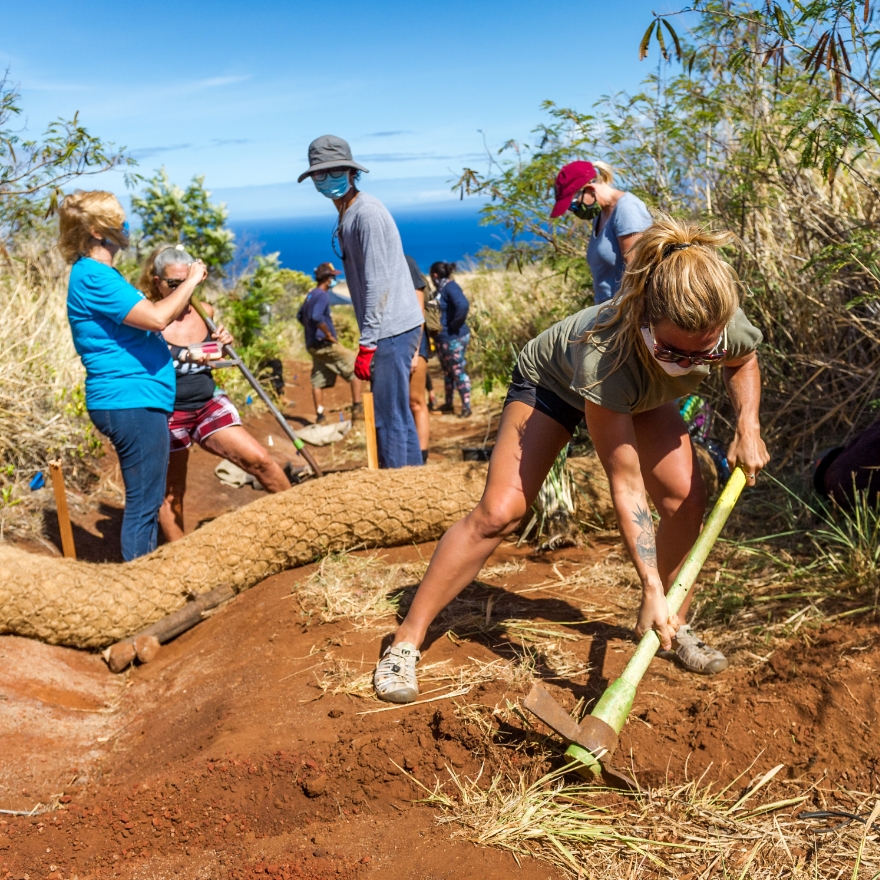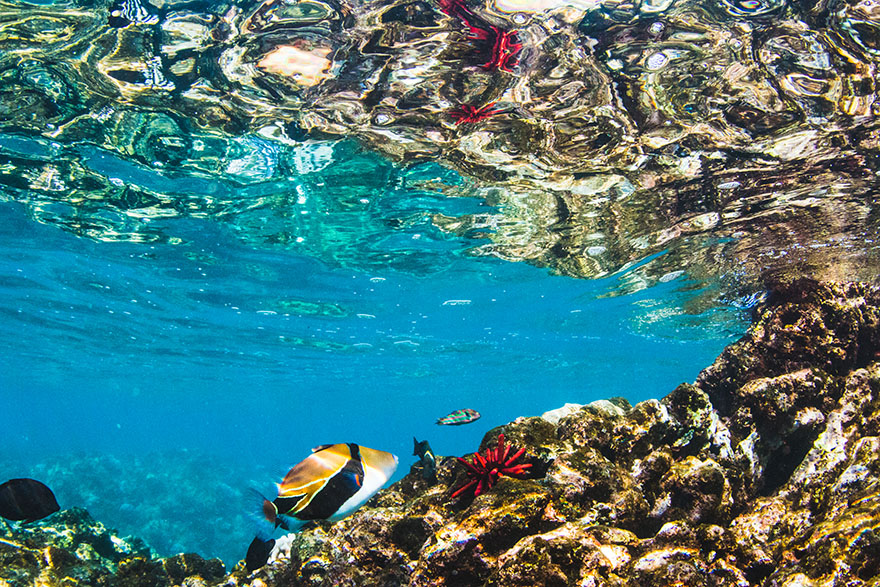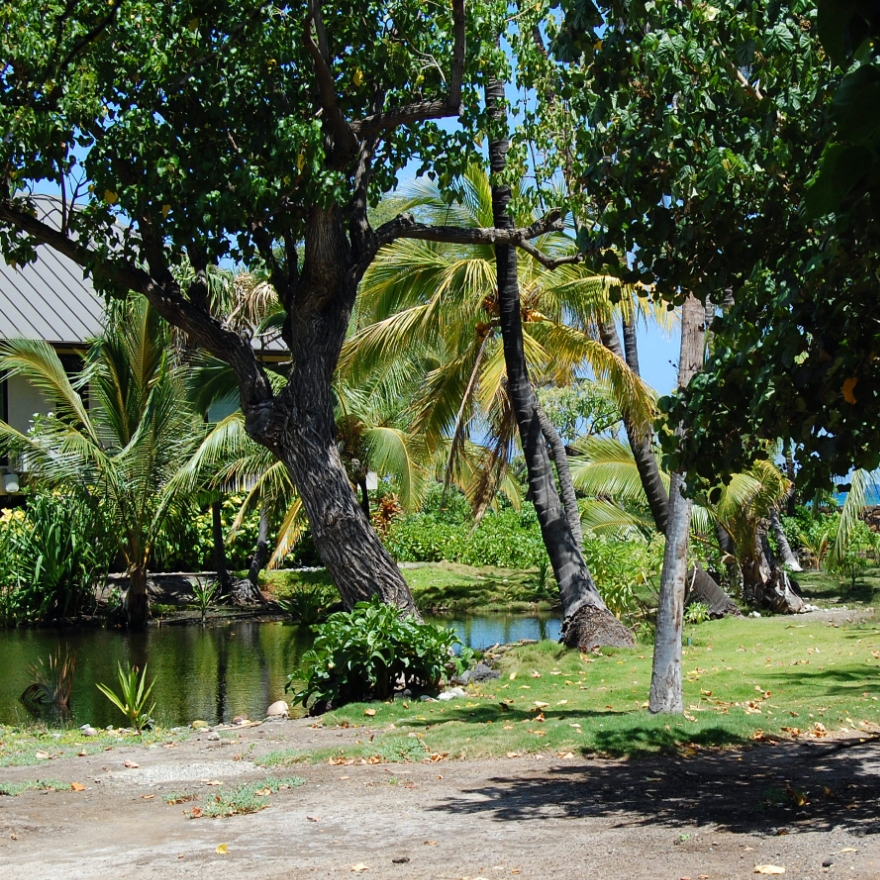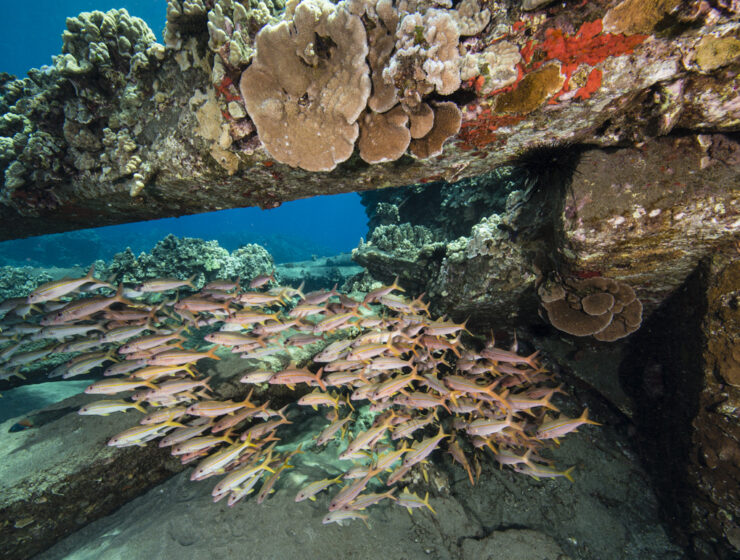
Saving Hawai‘i’s coral reefs
We have led coral reef conservation efforts in the main Hawaiian Islands for over 15 years. Since 2006, we have designed our program in Hawaiʻi to protect and seed the coral reefs of Hawaiʻi’s future.
We are focused on preventing land-based pollution from entering the ocean on Maui and Hawaiʻi islands, and we are one of only two NGOs that sit on the statewide Cesspool Conversion Working Group to help the state transition toward more efficient wastewater treatment systems. Clean water is critical to coral reef health, and water pollution not only threatens our existing reefs but prevents them from adapting to the effects of climate change.
A treasure like no other
Hawaiʻi is a crucial site for global coral reef conservation. Its islands are home to one of the highest concentrations of endemic marine species anywhere on Earth and 85% of the United States’ coral reefs.
These reefs are central to the local culture, forming the foundation behind many traditions, foods, sacred ceremonies, and leisure activities. Hawaiʻi’s reefs contribute over $800 million to the economy each year through tourism and serve as a natural barrier that protects people and coastal property from storm surges and floods. The U.S. Geological Survey calculated that the economic value of shoreline protection in Hawaiʻi from coral reefs is worth $836 million annually.


An ecosystem under threat
Hawaiʻi’s reefs face major global and local threats including climate change, overfishing, and sediment and nutrient pollution caused by sewage and stormwater runoff.
Across the Hawaiian Islands, 88,000 cesspools release an estimated 53 million gallons of raw sewage into Hawaiʻi’s waterways every day. Sewage pollution contributes to high nutrient, bacterial, and pathogen levels in the nearshore marine environment—a serious health hazard to people and reefs. On Hawaiʻi Island, sewage pollution has been identified as the biggest contributor to declining fish biomass and has been specifically linked to coral disease and bleaching, as well as human health issues.
In other parts of the island chain, such as West Maui, mountain slopes that historically supported pineapple and sugar cane plantations are now out of use, and what remains is degraded and hardpacked soil. When it rains, flash floods carry stormwater and large amounts of sediment downstream to the ocean. Just offshore, once-thriving coral reefs are now struggling to survive. West Maui has been designated a priority conservation site by both the state and federal government in an effort to address land-based pollution and corresponding declines in coral cover. Due to historical patterns of ocean currents, these corals are critical sources of larvae for reefs on several nearby islands, including Lānaiʻi, Molokaʻi, and Kahoʻolawe.
Hawai‘i Program Staff
Erica Perez
Senior Manager and Head of Sanitation, Hawai'i
Makayla Rickard
Maui Nui Program Manager
Sarah Severino
Maui Nui Program Research Coordinator
Mihana Ho
Maui Nui Field Tech
When Hawai’i’s reefs thrive, so do communities
Coral reefs are a source of life and inspiration, particularly in Hawai’i where they play such a significant role in Hawaiian culture. We can all play a role in keeping coral reefs healthy, and protecting these underwater treasures for generations to come.













